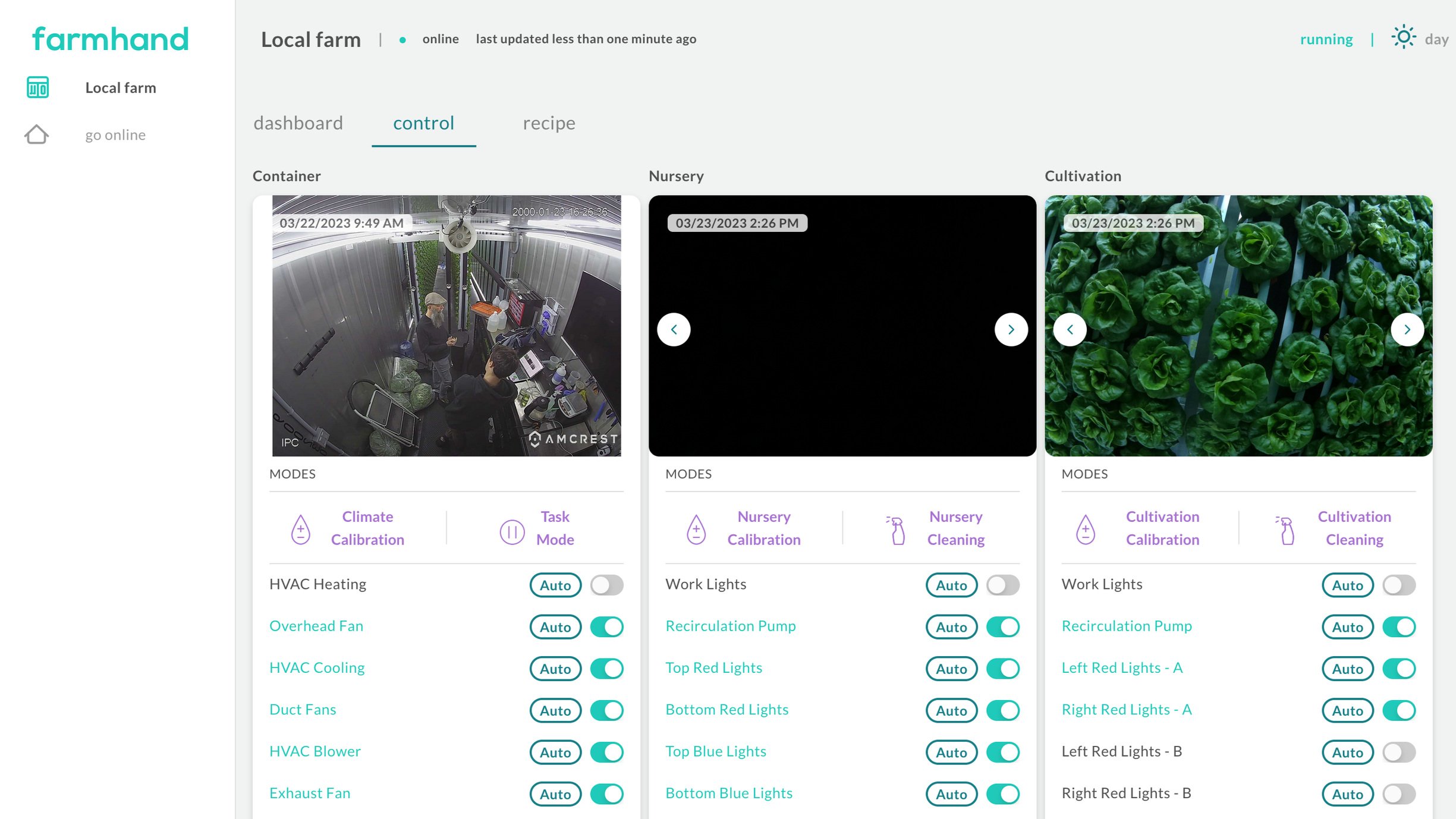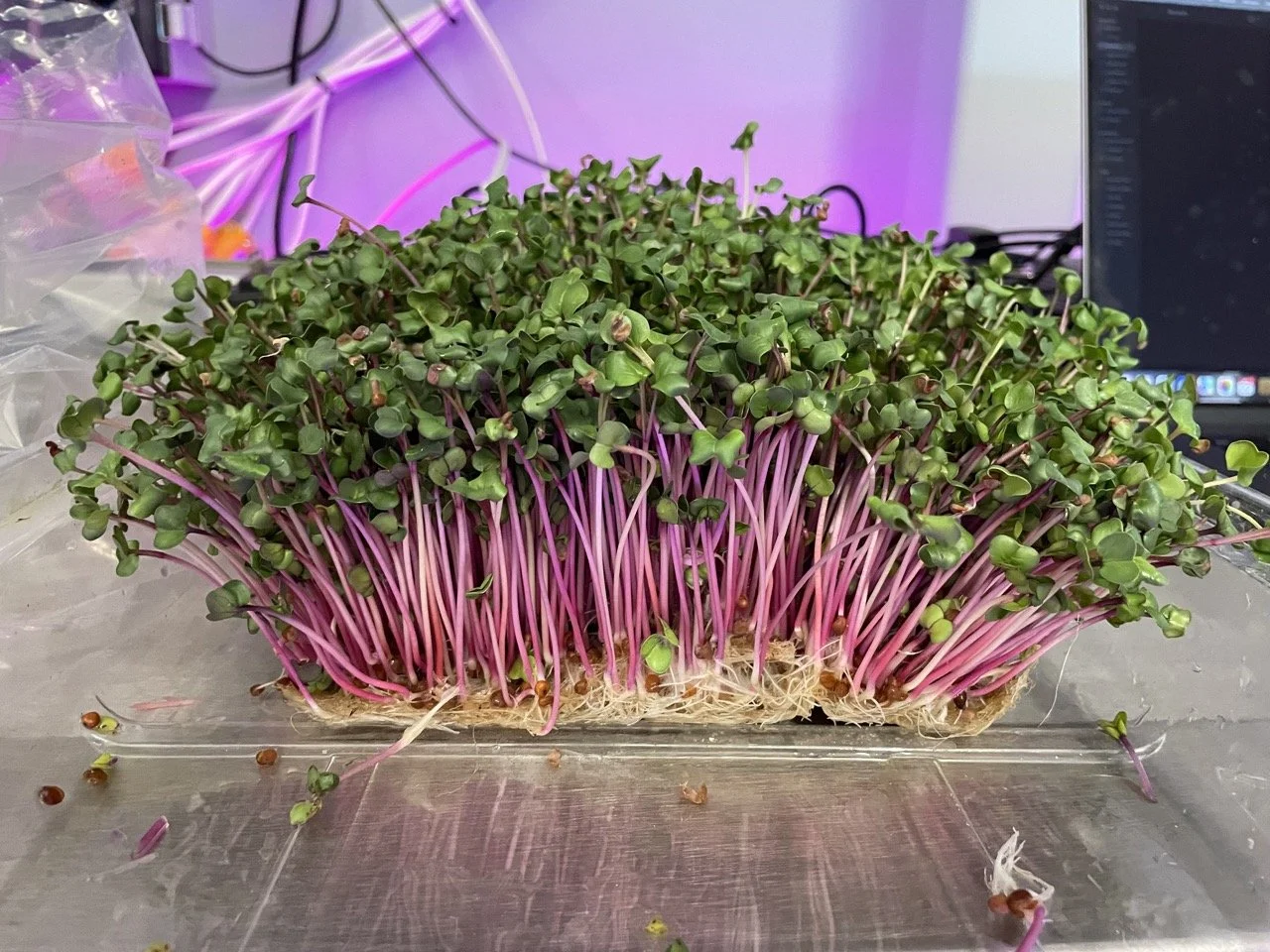The Value of Hyperlocal Produce
Here’s why local food is king.
At Freight Farms, we are huge advocates of local food. Buying local products benefits the supply chain: farmers, customers, and the environment.
Consumers today are much more food conscious and interested in purchasing locally grown and sustainable produce. As a result, there is a large opportunity for Freight Farmers to satisfy the needs of these customers by growing leafy greens year-round. Local food often has a higher price point than it’s conventionally grown counterpart, so it's crucial to educate your customers on the benefits of buying local. If you'd like to learn more about the distinctions between local, organic and hyperlocal, check out our blog post.
5 selling points of hyperlocal food grown with the Greenery S
1. Local
With the Greenery S, you can farm in any climate, so your customers can buy from you knowing that their dollars are helping the local economy and that their food was grown only miles away. On average, food in the United States travels 1,200 miles and changes hands a dozen times before it is consumed, racking up a superabundance of food miles. Producing and selling closer to your end customer significantly cuts down your carbon footprint, as well as saves you time transporting your food to market.
2. Quality and Consistency
Since all the inputs in your system (temperature, nutrients, water, etc.) are under your control via farmhand®, you can ensure the consistency of your harvest. When your crops have the ideal growing conditions, you can really taste the difference! The automation systems in place inside the farm eliminate the challenges and variability in weather that outdoor farmers face such as hurricanes, hail, drought etc. and protects your crops from weeds.
3. Transparency
Many new Freight Farmers find that their customers are eager to learn more about the technology inside the farm, and learn more about how they grow. Often farmers invite chefs to come tour the farm, and walk them through every step of their growing process. This develops trust and loyalty when customers can form a relationship with their supplier and really gain an understanding of your farming operation. As a Freight Farmer, you should take the opportunity to educate your customers about how you're growing, whether through your website, social media, or newsletters.
4. Shelf-life
Our produce is often transported thousands of miles, meaning it’s harvested a week or more before reaching the end consumer. With the Greenery S, your customers can enjoy fresh greens that last in their fridge for up to three weeks. For even longer lasting produce, harvest your plant with the root ball still attached, and sell your customers a living plant that will stay fresh longer.
5. Your story
Another essential component of marketing your freight farm produce is to tell your story. It helps you find that certain customer who values your product and inspires loyalty to keep them coming back to your product time and time again. The best way to inform your customers about yourself and your business is a face-to-face conversation, but of course that isn't always possible. You will want to make this information is readily available on your website, and perhaps include this information with your product by including a brief write-up. The best option? Invite potential clients directly to the farm and try to give out as many samples as possble
PRO TIP: Jon Shaw of Karma Farm recommends giving out samples to potential clients. According to Jon, once people get a taste of the produce, they're hooked.
Interested in learning more?
Contact us directly with any questions about starting a local business with Freight Farms.















